Budapest had long been on our list of places to visit, so we arrived a day early for our Viking River Cruise to explore the city a bit. It’s no wonder that Budapest is nicknamed the Pearl of the Danube, as this ancient city with an often turbulent history is truly a wonder to discover. Exploring Budapest ended up being a highlight of our trip.
The map below is the route that we took over two days, starting at St. Stephen’s Basilica & ending across the river with a magnificent view of the Hungarian Parliament Building. This route hits the main highlights of Budapest & also features some great local eats. We walked all over the city, but also explored a bit by bus on the excursion which was included in our Viking Cruise. Budapest also has an extensive network of street cars & a subway system, making both sides of the river relatively easy to navigate.
St. Stephen’s Basilica
Traveling around the former Austro-Hungarian Empire, it seems that every town has a St. Stephen’s church, named after the first King of Hungary (you’ll find St. Stephen I’s mummified right hand in Budapest’s St. Stephen’s Basilica, on display during certain hours). The Basilica is a beautiful neoclassical Roman Catholic cathedral completed in 1905, built almost entirely of marble from Hungary. During WWII, the roof, towers & external walls were damaged in bombings, but the church still stood tall & was repaired. We enjoyed Sunday Mass at the basilica, which was held half in Latin, half in Hungarian (other services are all in Hungarian). For a panoramic view of Budapest, climb 364 stairs to the top of the cupola. For the same view & an optional cocktail, head next door to the Aria Hotel Budapest to their rooftop bar.
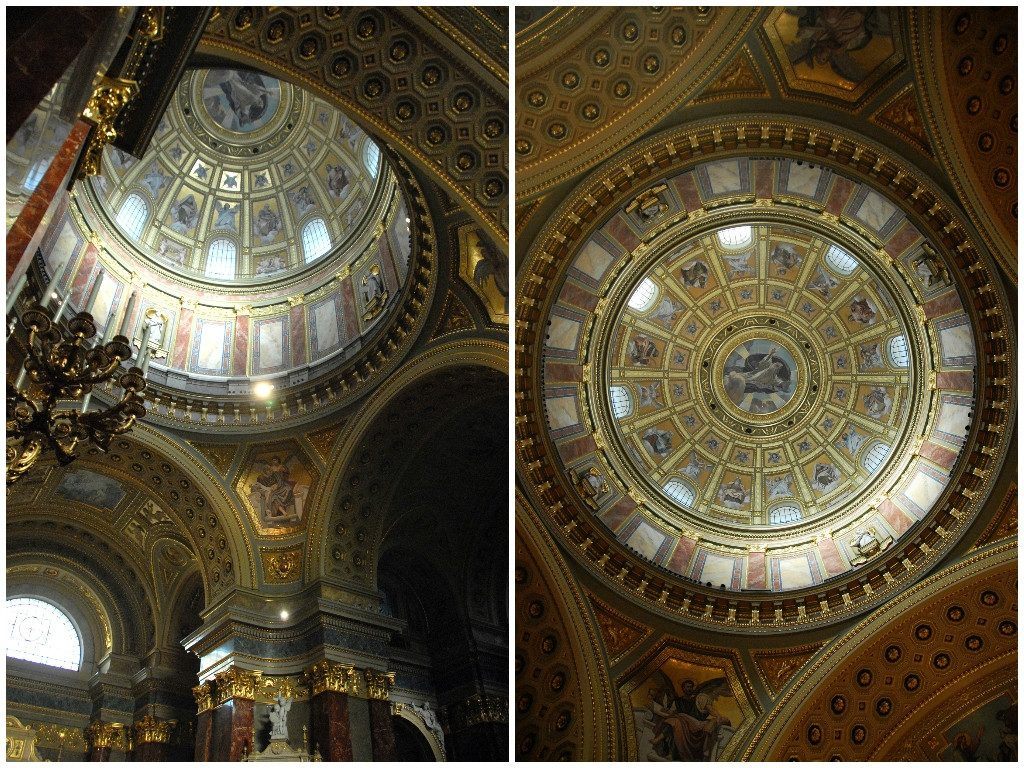
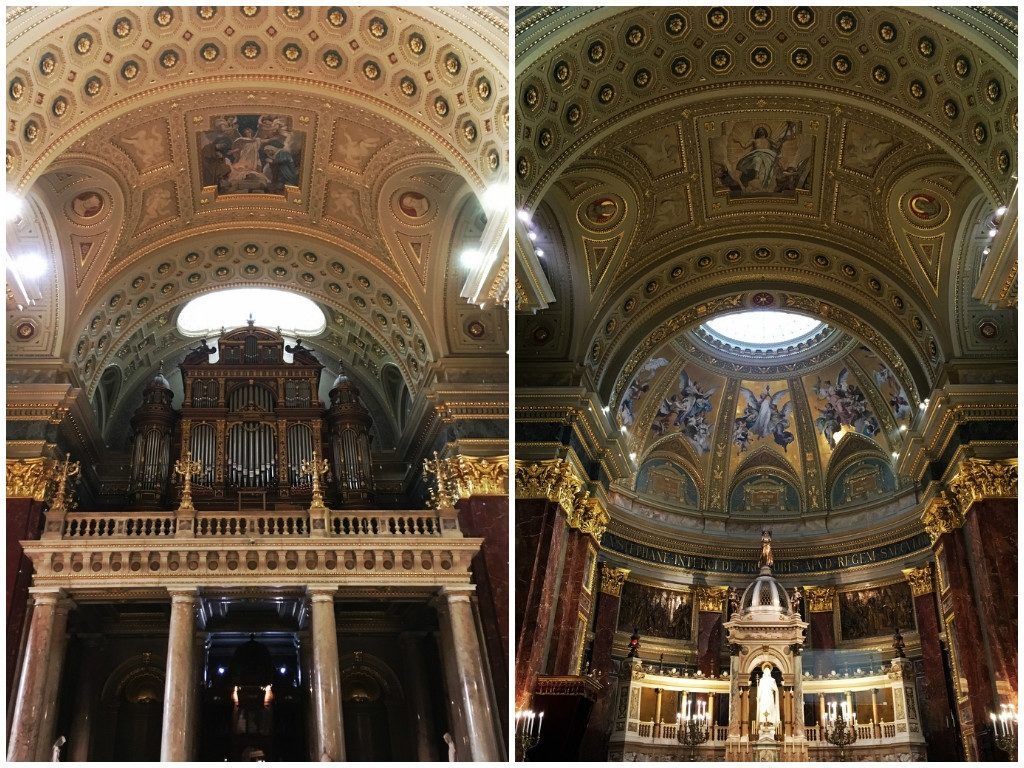
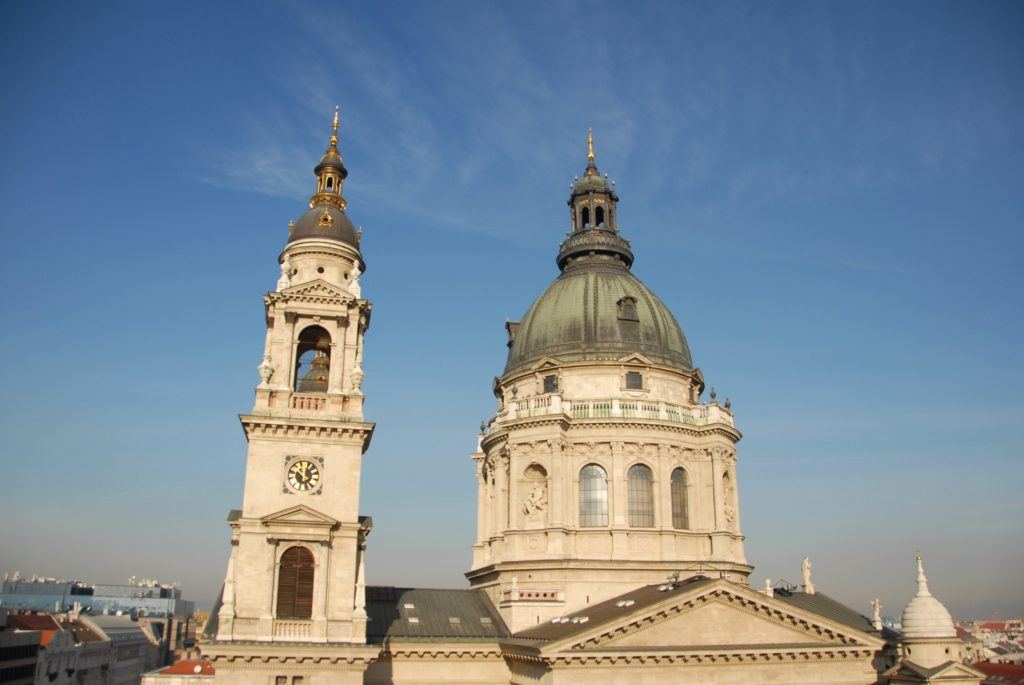
photo (C) Christina Saull – All Rights Reserved
Heroes Square & Széchenyi Thermal Bath
If not for our Viking Tour, we would have completely missed this fascinating area of Budapest, which is actually easily walkable from the center of Pest. Located at the end of Andrássy Avenue (the Champs Elysees of Budapest), this UNESCO World Heritage Site has played an important role in Budapest’s history. In the center of the square is the Millennium Memorial, built in 1896 to commemorate the anniversary of the founding of Hungary. The monument features statues important to Hungary’s history & an unknown soldier memorial. Don’t confuse Heroes Square with Memento Park, a park just outside of the city which houses all the statues from the Communist Period.
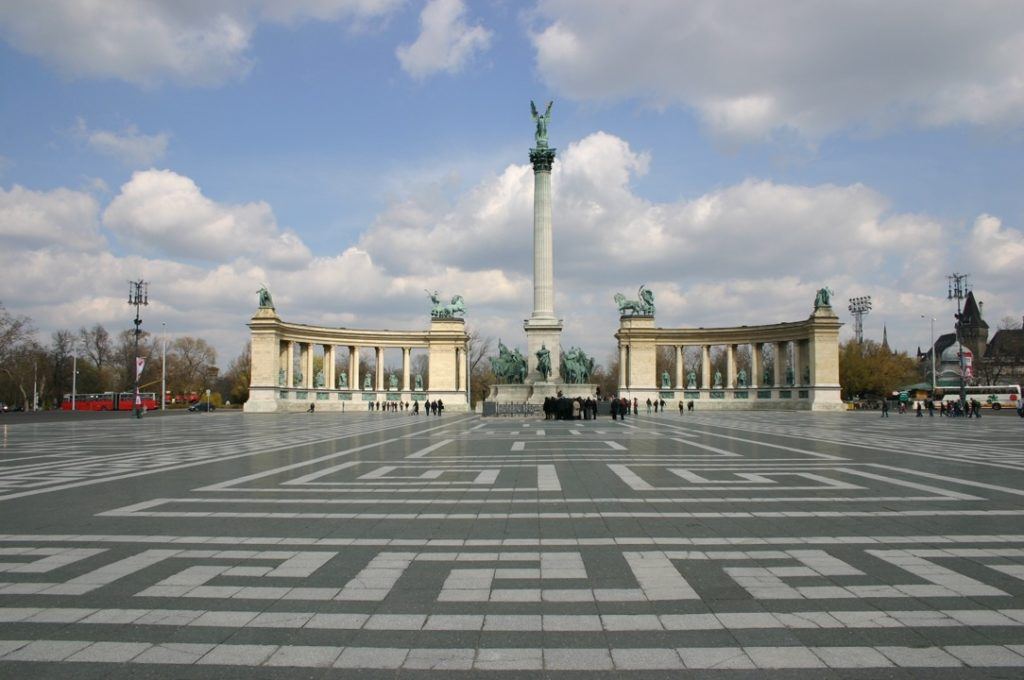
Just beyond Heroes Square is the largest medicinal thermal bath in all of Europe. It’s worth a visit just to take in the incredible architecture. Two hot springs nearby keep the water at a consistent temperature between 165 – 170* F. Opened in 1913, the Neo-baroque style bath originally had separate areas for women & men, but now is co-ed. I’m disappointed we didn’t get to visit this icon – it’s definitely on the list for next time!
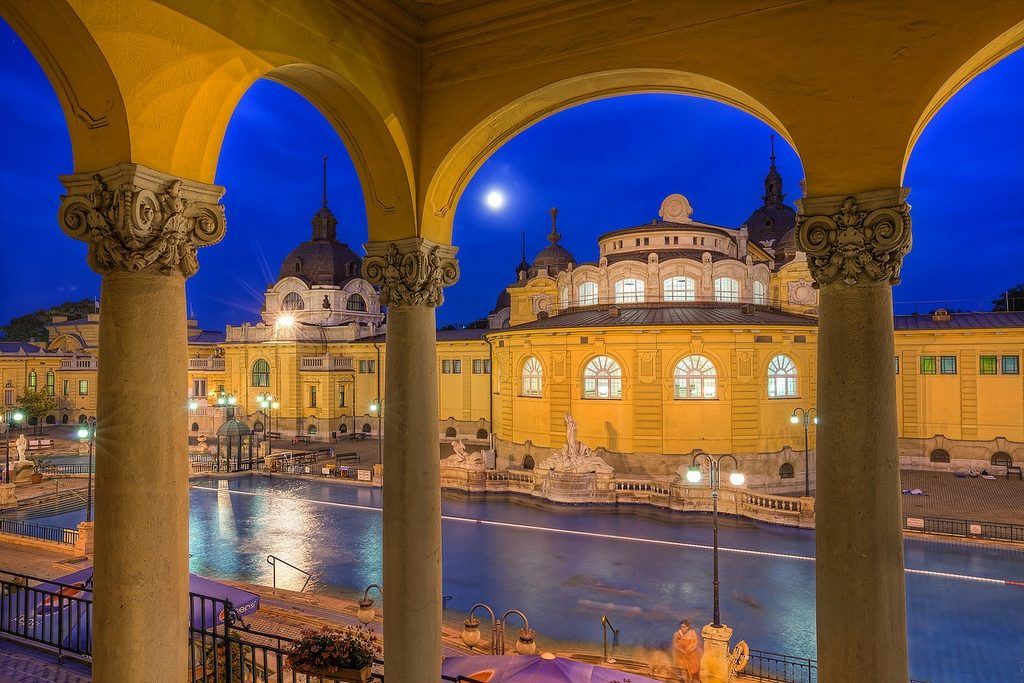
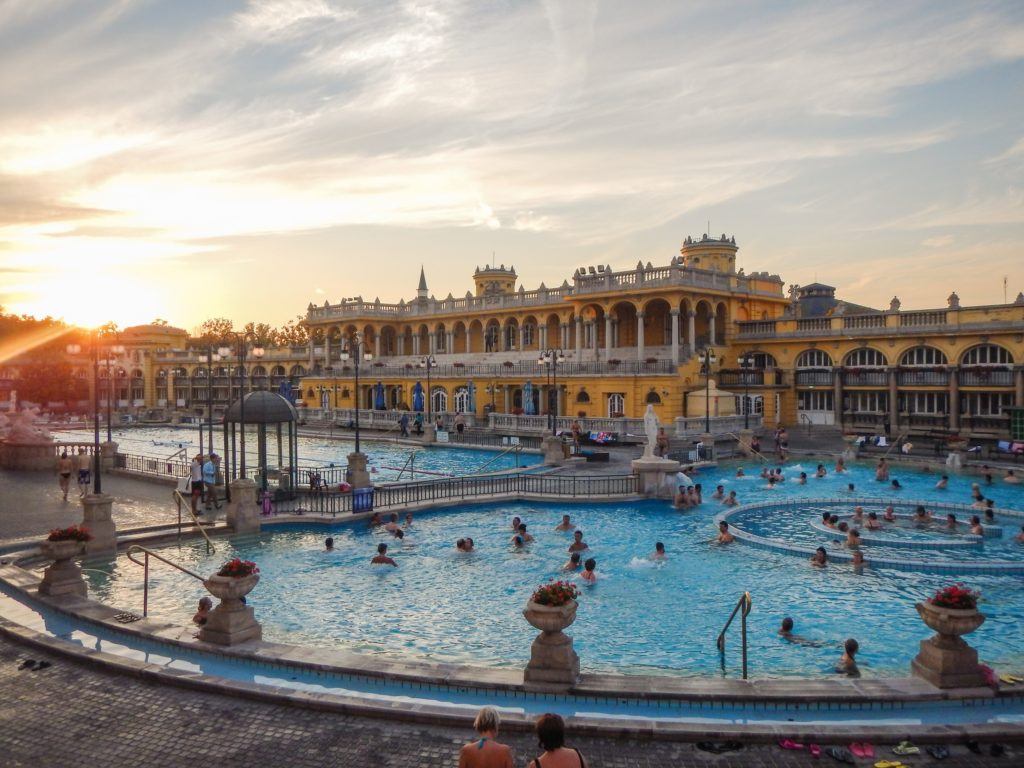
House of Terror
From 1944 through 1991, Hungary was an occupied country, first by the Nazis, then by the Soviets. Life then was very different than it is now, in the most staggering of ways that’s hard for Americans to even imagine. The House of Terror museum, which is housed in the former headquarters of the secret police, was recommended to us by almost everyone who had been to Budapest previously & presents a sobering look at nearly 50 years of occupation. Allow yourself at least two hours to move through the floors of exhibits, which can be accompanied by an audio tour or by reading printed information sheets in each room (which are available in both Hungarian & English). The exhibits are sometimes difficult to wrap your head around, it’s just so much especially given what’s going on in the world right now, but an important story to tell.
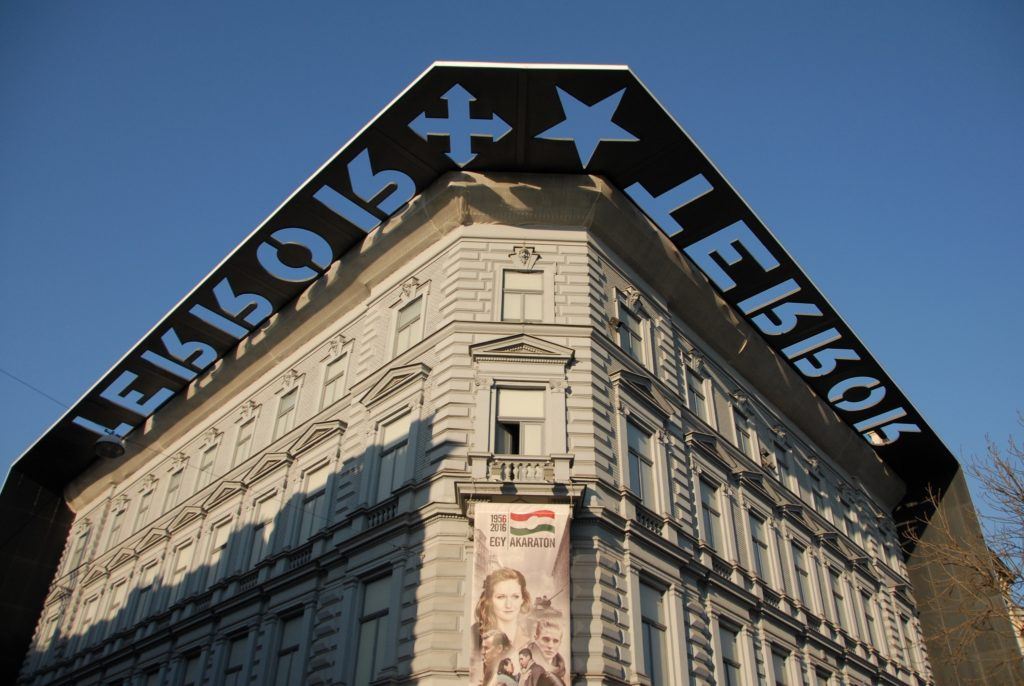
Hungarian Parliament Building
If you’ve only seen one photo of Budapest, it’s likely of the stunning Hungarian Parliament Building. One of Europe’s oldest legislative buildings & currently the largest building in Hungary, it’s the home of the National Assembly of Hungary. Unfortunately, the weekend we visited, the building was not open for tours due to a private event, but normally tours leave several times per day. Inside, under its soaring dome, is the Holy Crown of Hungary. It’s worth seeing the building both up close, to appreciate its architectural details, but also from across the Danube, both during the day & at night.
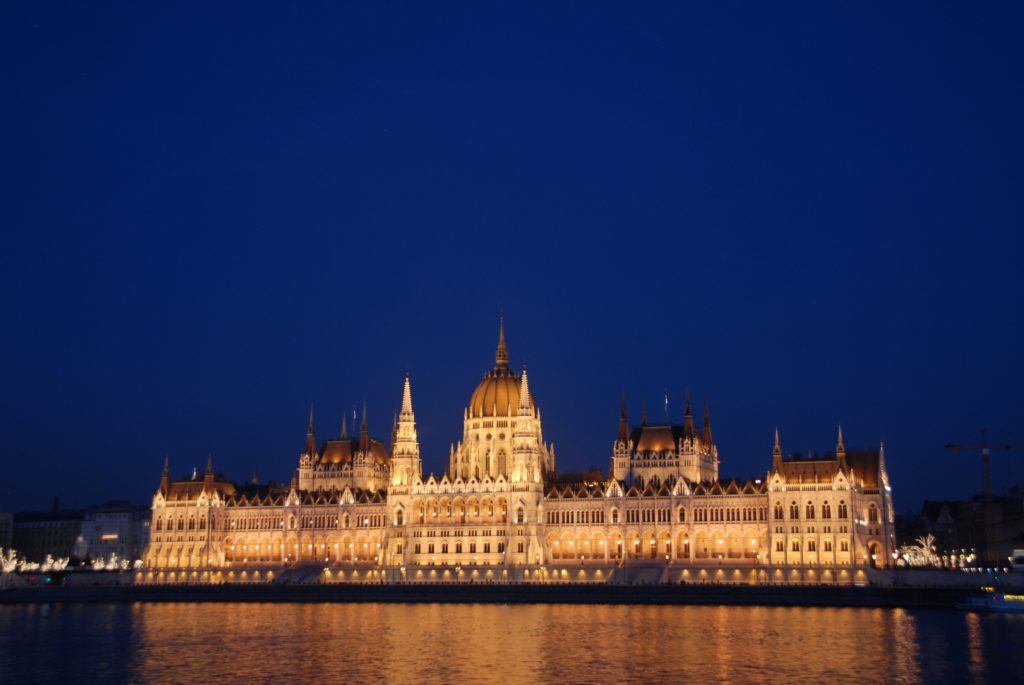
While you’re enjoying the views from the Buda side, pop into Nagyi Palacintazoja for a crepe & cup of coffee – just make sure you have cash. The Nutella crepes were especially good on a chilly day!
Chain Bridge
The first bridge connecting Buda & Pest, the Chain Bridge suspension bridge (& yes, you can feel it sway) has become an icon of the city & of unity. Blown up by retreating German troops in WWII, leaving only the towers remaining, the bridge was rebuilt & reopened in 1949. The bridge offers easy pedestrian access to both sides of the river & stunning views of the Buda Castle & Pest skyline. It’s worth a walk across both during the day & when it’s beautifully illuminated at night.
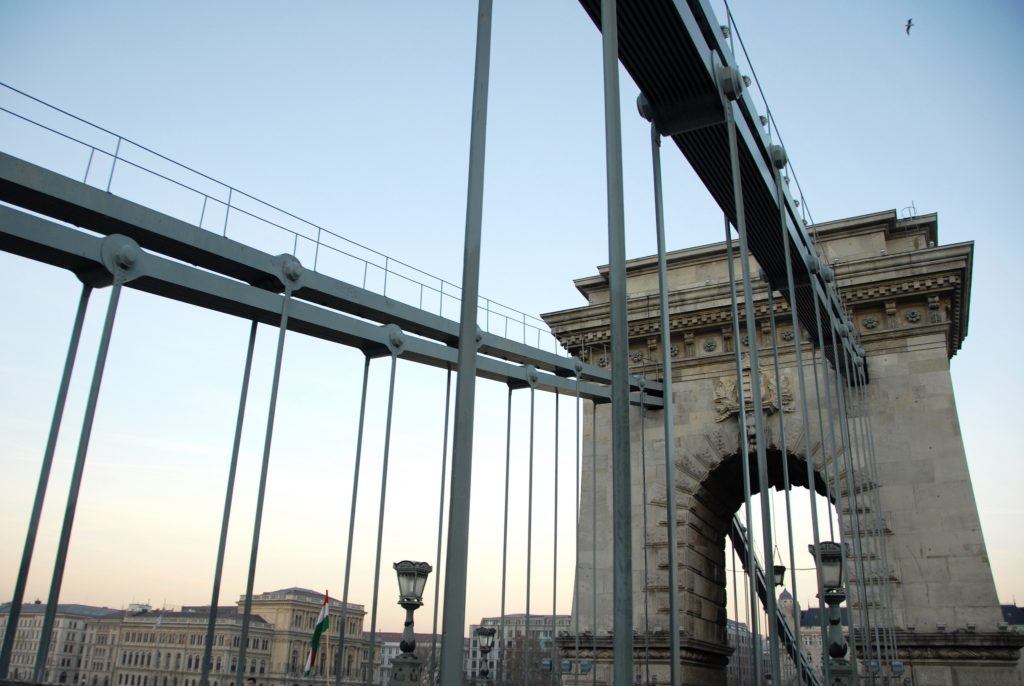
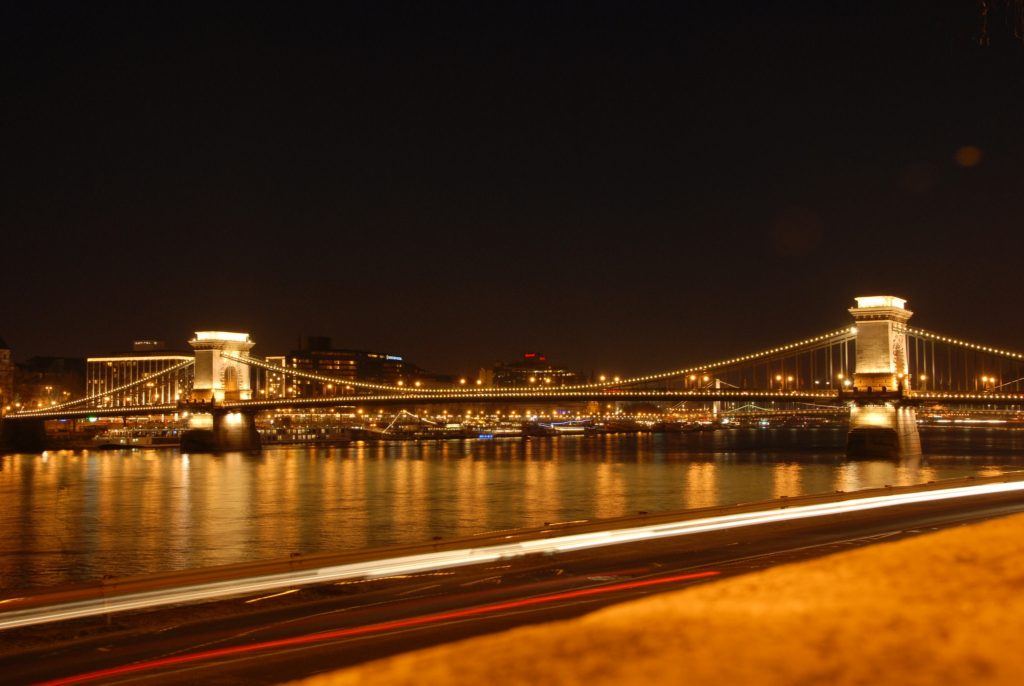
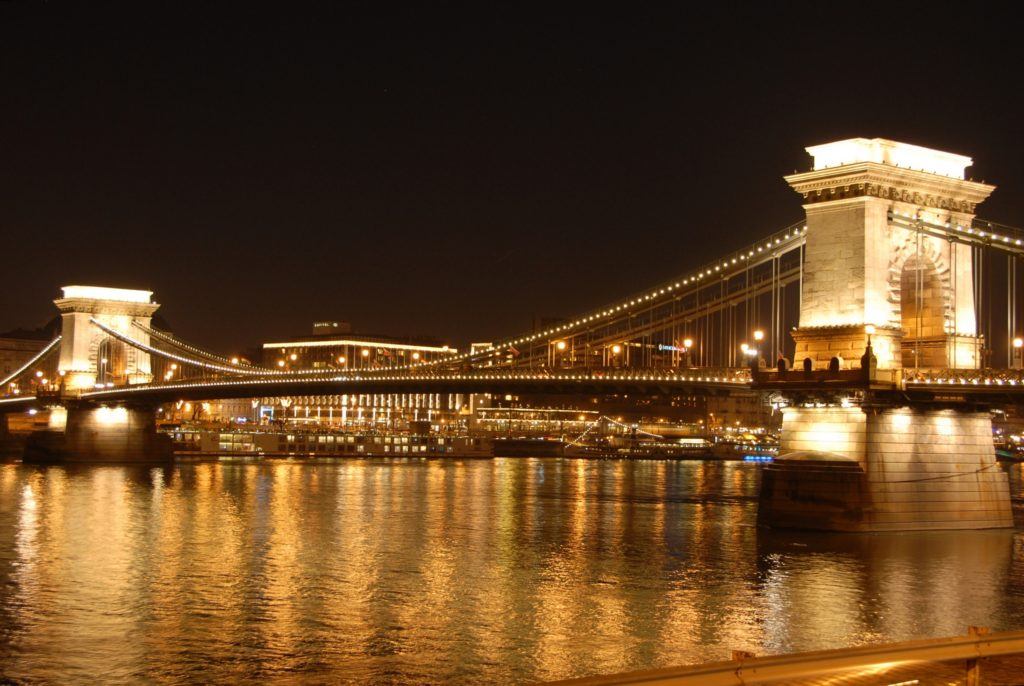
Buda Castle Complex
Completed in the 13th century & once home to Hungarian kings, the Buda Castle is now home to the Hungarian National Gallery, the Budapest History Museum & the National Szechenyi Library. We wandered up to the Castle Complex almost by accident. While visiting a Christmas market along the banks of the Danube on the Buda side, we noticed a random escalator, which led to a random elevator. Moral of the story: always explore the unknown, as we were rewarded with sprawling views of Pest! The castle can be accessed by foot (& escalator & elevator) or by old school funicular (note that the funicular stops running in the early evening).
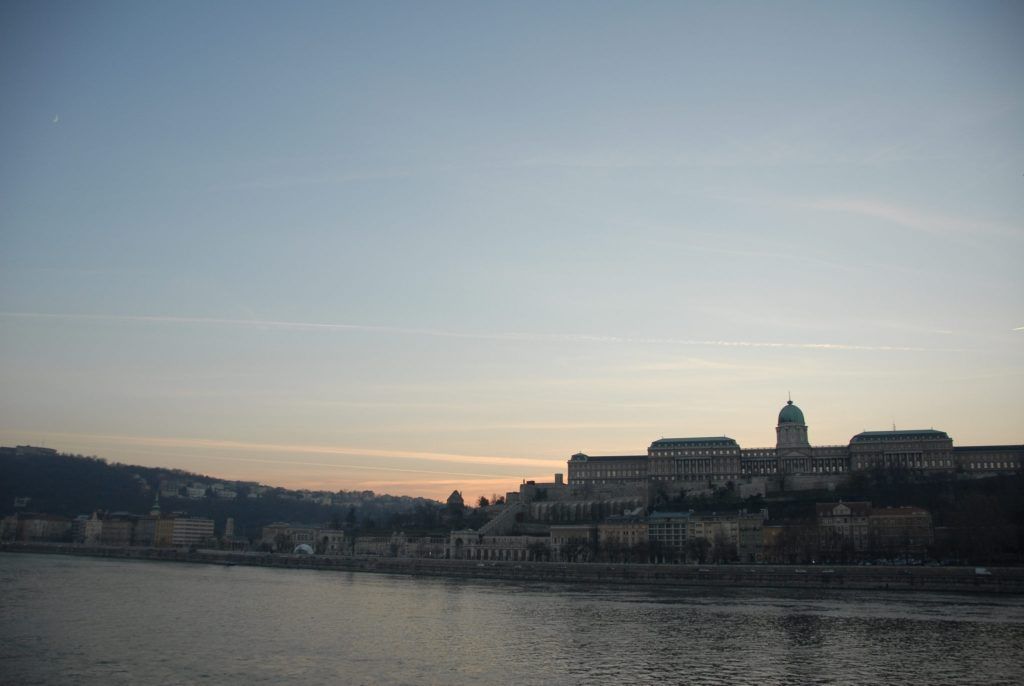
photo (C) Christina Saull – All Rights Reserved
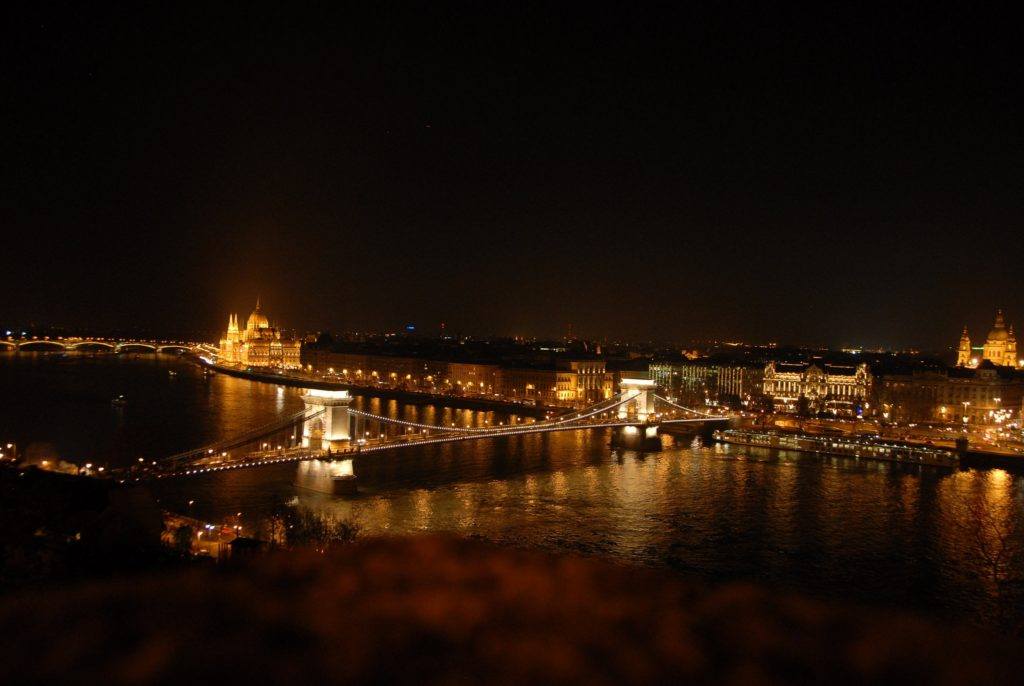
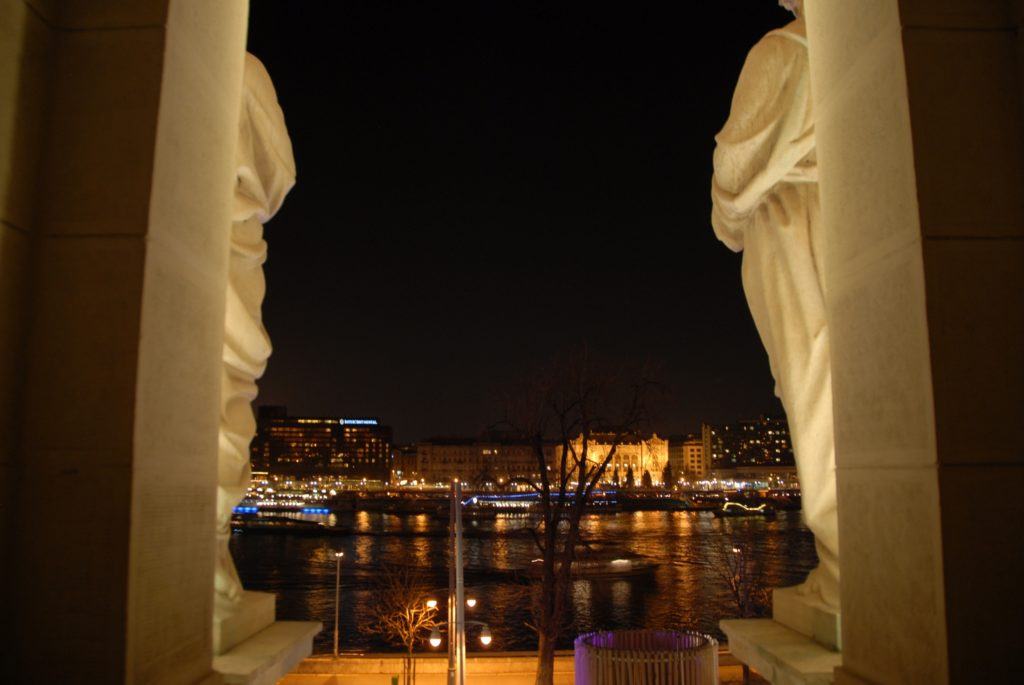
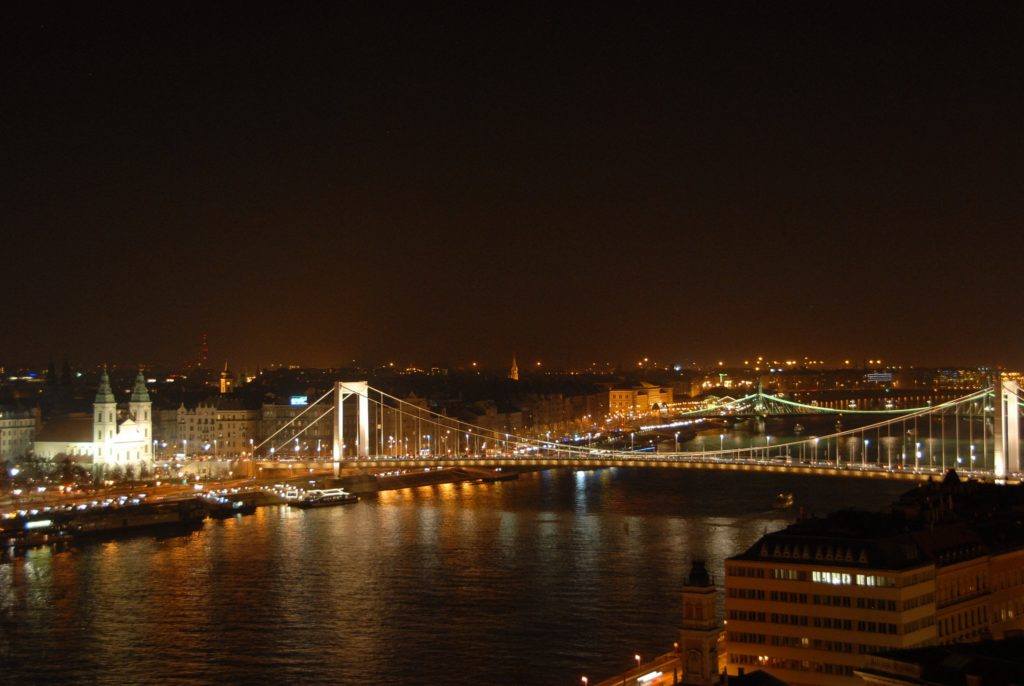
Fisherman’s Bastion & Matthias Church
Offering both history & a stunning view of Pest, the Fisherman’s Bastion is a neo-Romanesque stone porch overlooking the river. There’s a small area available for exploration without payment & even a cafe offering maybe the best views in Budapest (& priced accordingly). Once an area where fisherman sold their goods, it’s now teeming with tourists, but still worth a stop.
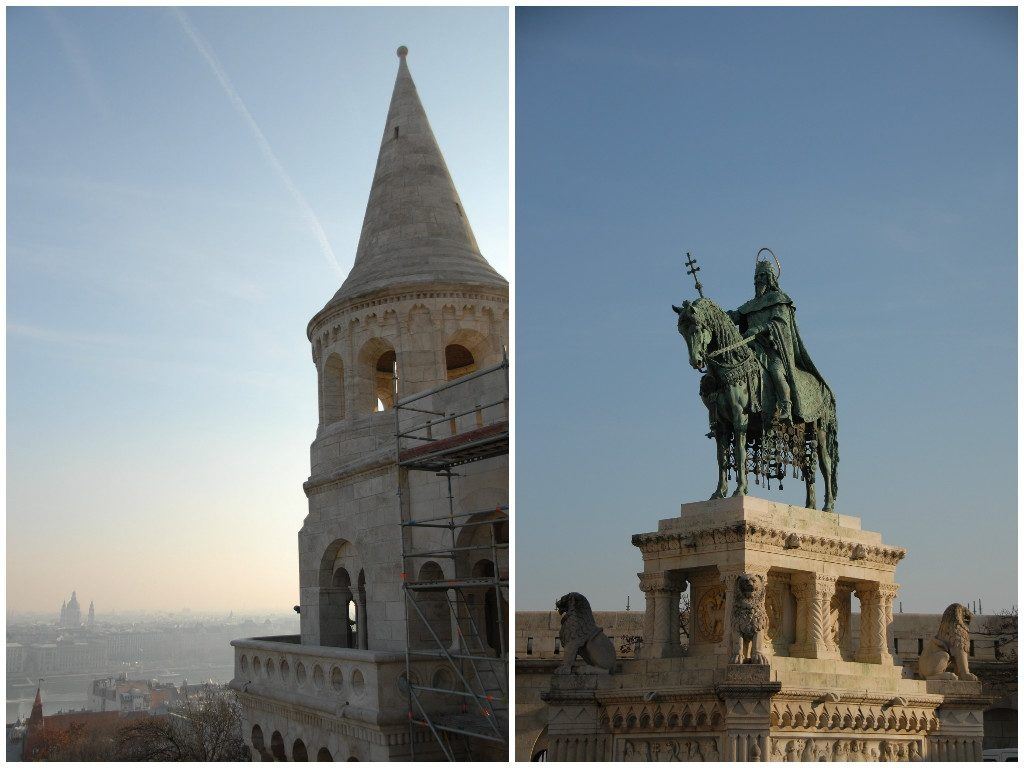
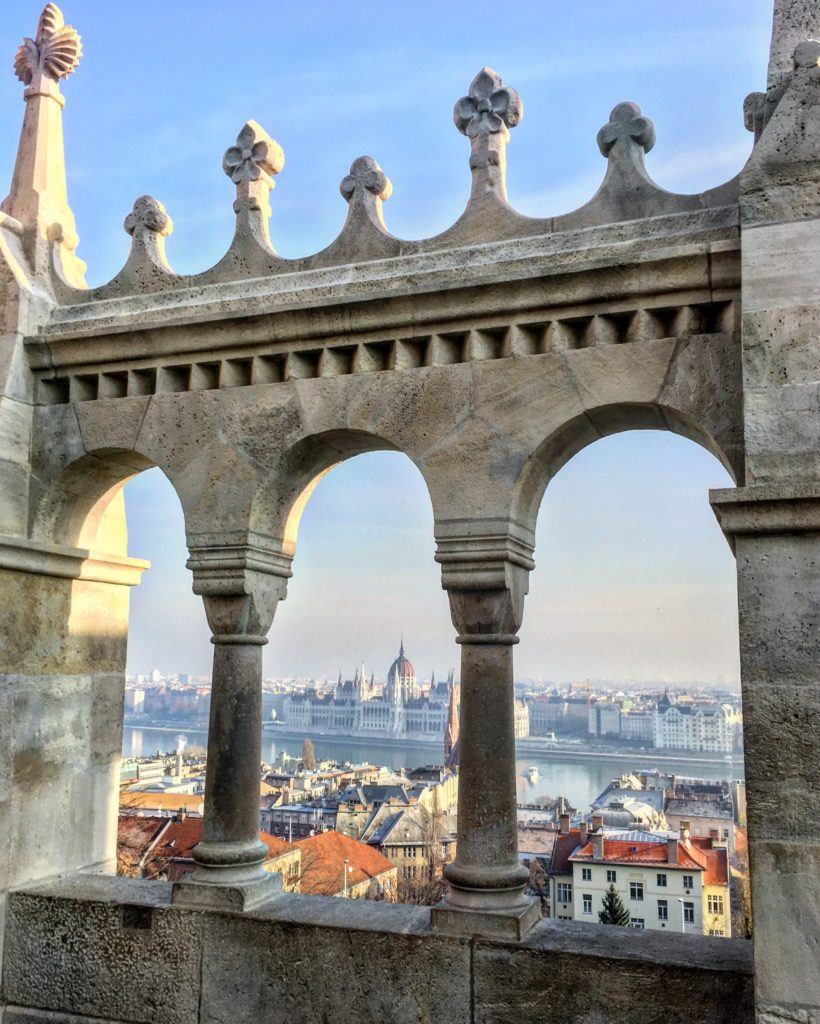
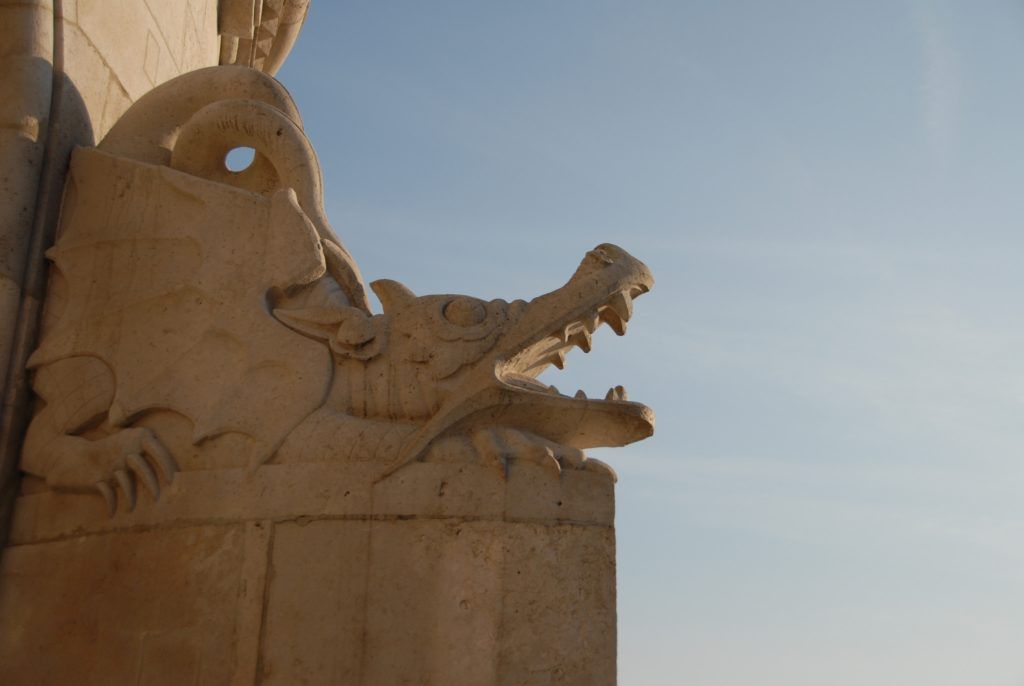
In the same area is Matthias Church, a Roman Catholic church originally built in the late 14th century. The church was home to several coronations, including the last Habsburg King, & King Matthias’s two weddings. The church was badly damaged during WWII & used as a strategic storage site during the Soviet Occupation, but was rebuilt during the second half of the 20th century. A ticket is required to visit inside, but well worth the price of admission. Make sure to head upstairs to see the Royal Box.
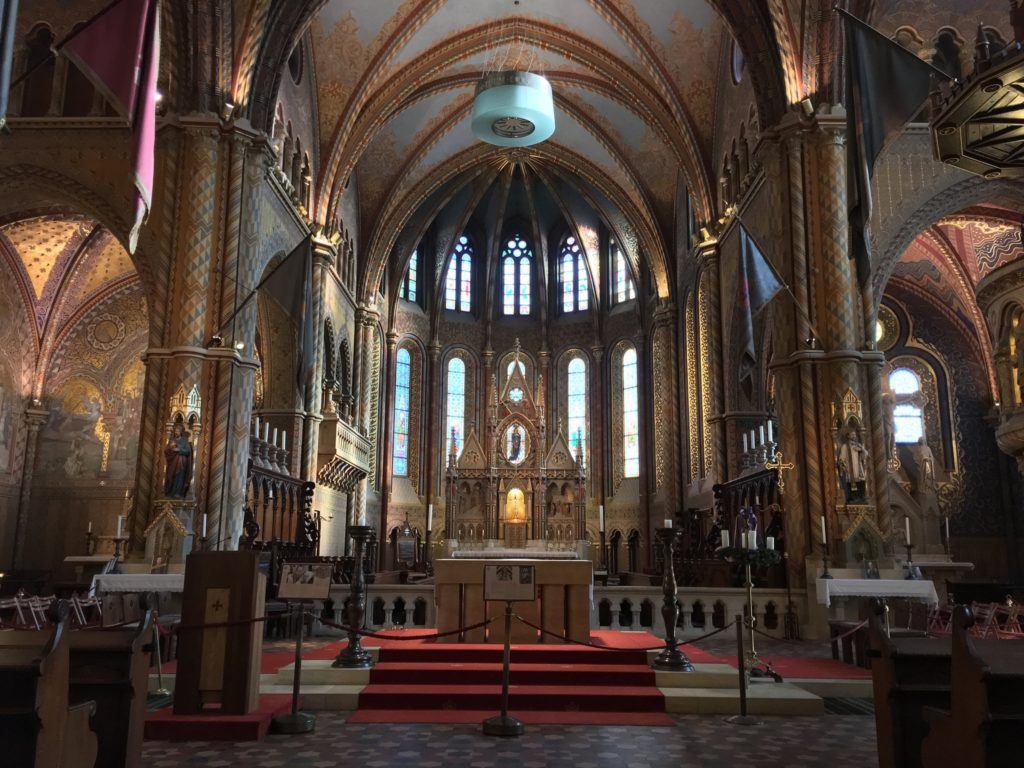
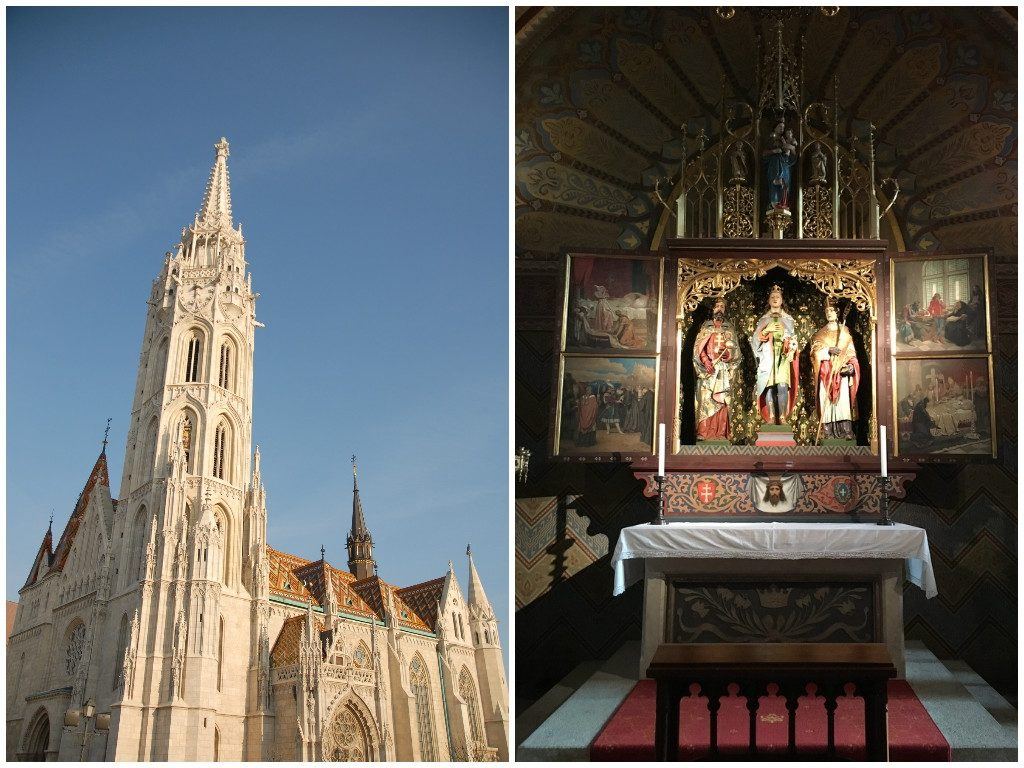
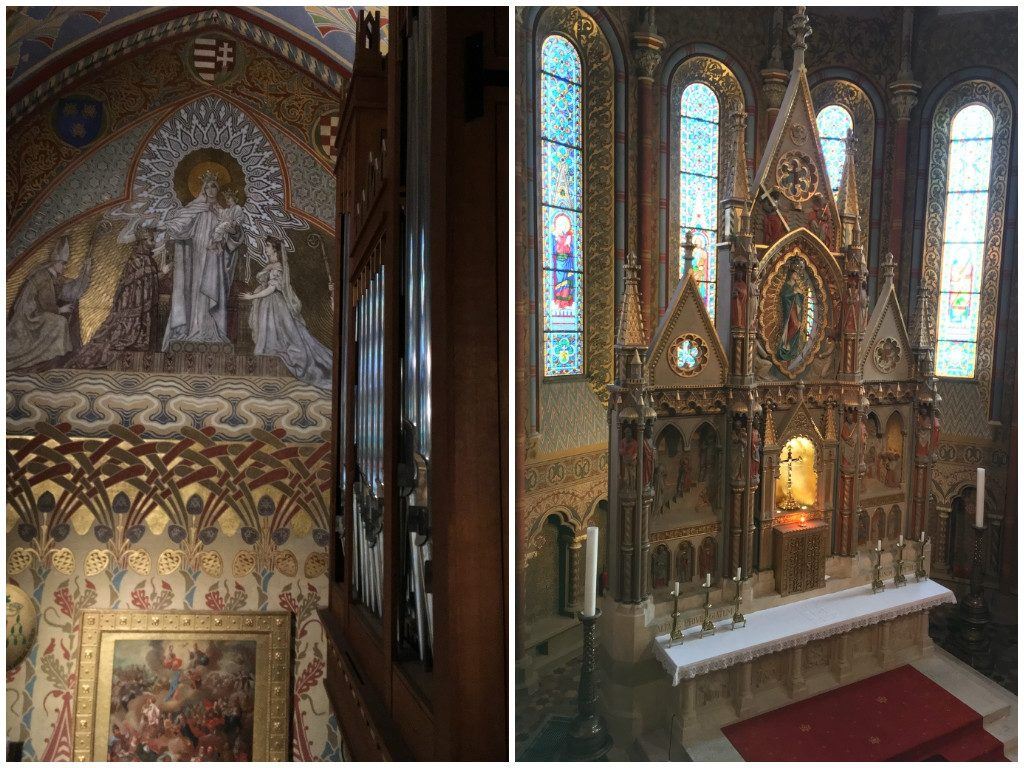
photo (C) Christina Saull – All Rights Reserved
Know if you go…
-We had one night for dinner in Budapest. A friend recommended Bock Bisztro & after almost skipping dinner because of a combination of jet lag & the fact that it looked far away on the map (it’s not), we were rewarded with possibly the best meal of our trip. Reservations are recommended; they take them via email if you’re not local. If you’re feeling adventurous (& hungry) try the tasting menu, which includes a variety of Hungarian specialities. We enjoyed veal, fish & excellent Hungarian wine. The service was superb & the price very reasonable. It’s fine dining in a cafe atmosphere, with a chalkboard menu that changes daily.
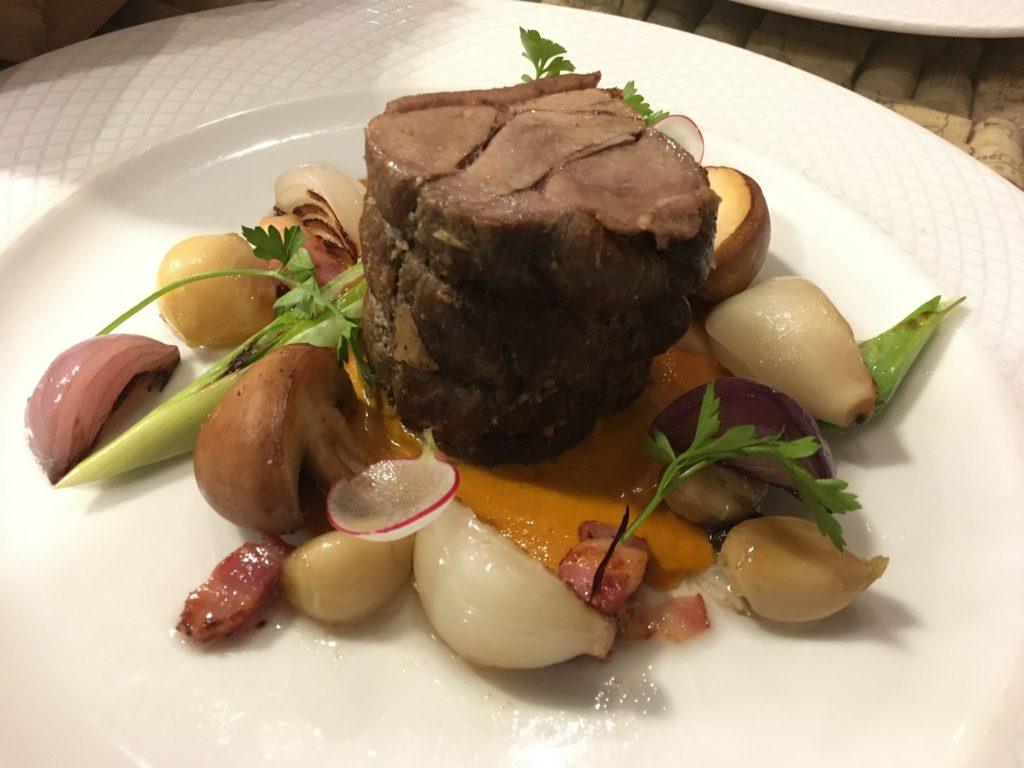
– Once two different cities, there’s definitely a difference between the Buda & the Pest sides of the river, so take time to explore both. Buda is quite hilly, so take advantage of the funicular & street car trams to get around if you’re not up for climbing hills.
– The local currency is the Hungarian Forint & cash was preferred in the majority of places we visited. Some of the more touristy areas also accept Euros. Be prepared to do a bit of mental math, as 1 US Dollar equals about 290 Forints. You’ll find the prices across Budapest to be incredibly reasonable.
– Most of the sites mentioned here, with the exception of the House of Terror, are included on Viking’s complimentary city tour. We had about an hour & a half of free time to explore the Castle Complex & surrounding neighborhood. While in the neighborhood, head down a little alley & stop in Retesvar for a strudel & cup of coffee. There is also a grocery store to stop up on paprika, dessert wine &, my European favorite, Kinder eggs.
– Just beyond the Castle Complex neighborhood is the Hungarian version of the White House. You’ll be surprised at the lack of security!
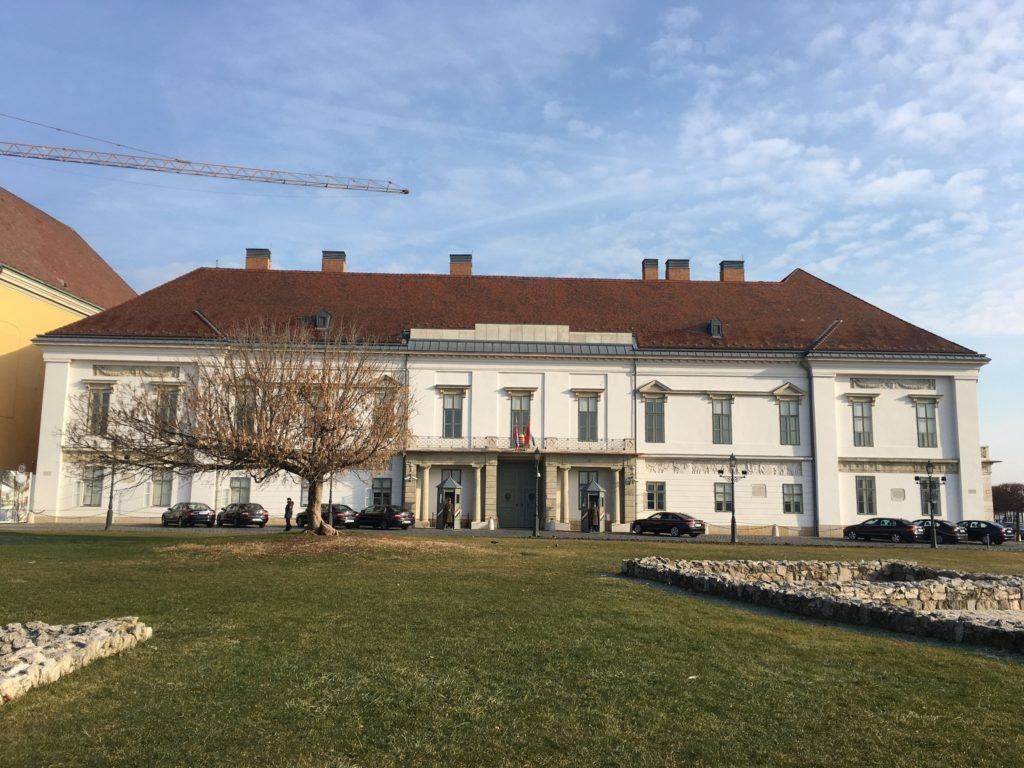
photo (C) Christina Saull – All Rights Reserved
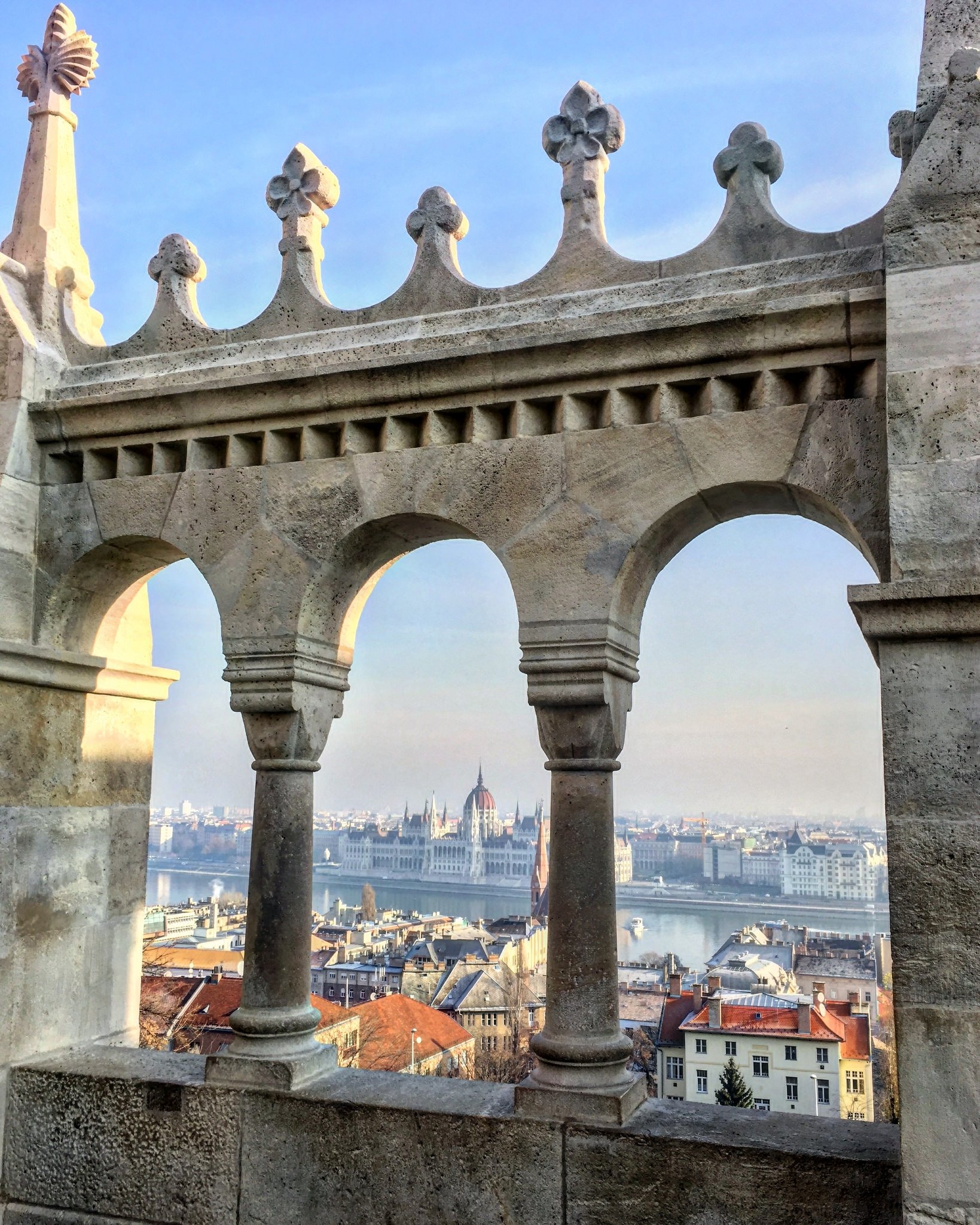

Leave a Reply